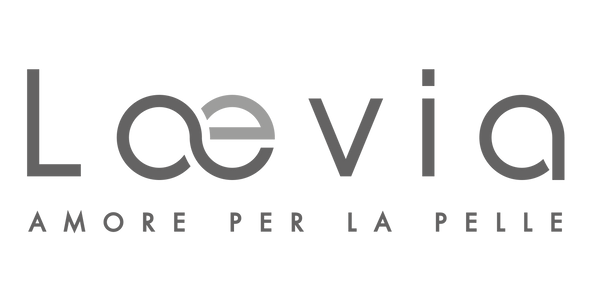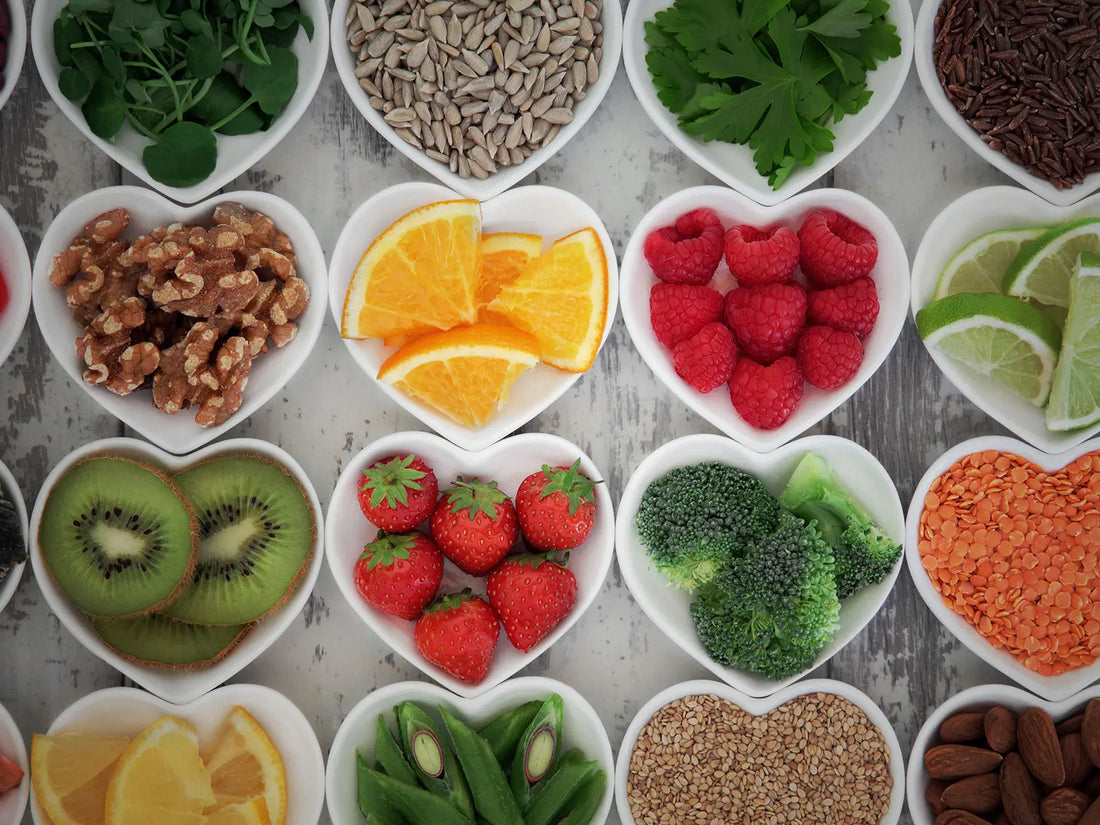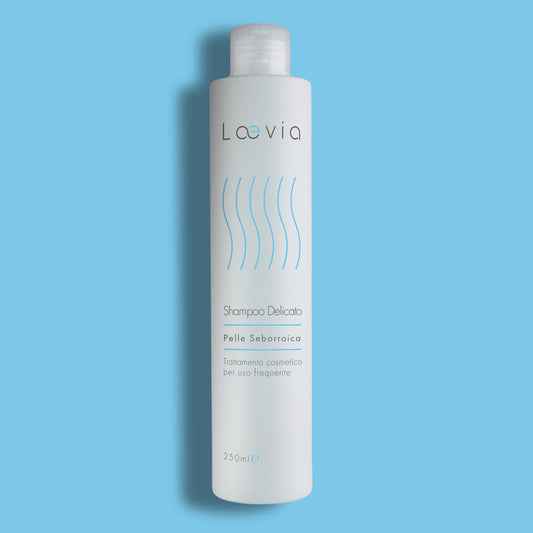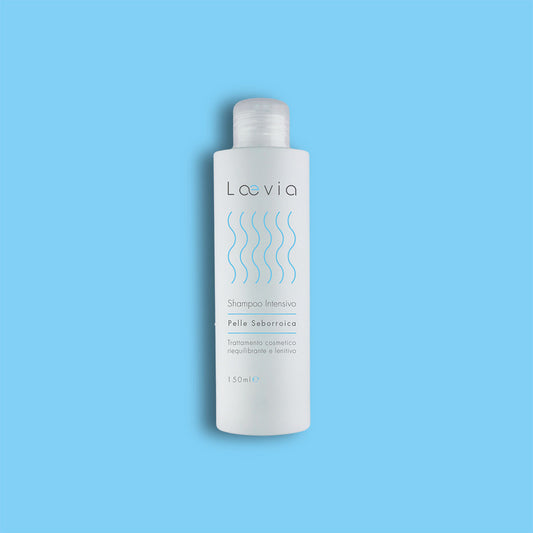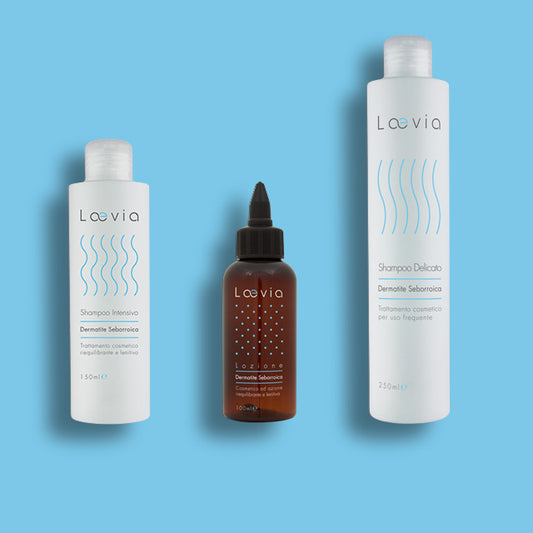It is better to prefer wholemeal carbohydrates and proteins to leavened, spicy and too fatty foods, to counteract the factors involved in seborrheic dermatitis at the table.
The well-being of our organism can be seen from the skin, which can be considered the mirror of what happens in our body. The skin, in fact, is able to reflect any metabolic disorders through the production of excess sebum or bacteria underlying some dermatological diseases, such as seborrheic dermatitis. By adopting a healthy lifestyle made up of physical activity, personal hygiene and a balanced diet, balance and health can be restored to both the body and the skin. What are the food tips to fight seborrheic dermatitis even at the table?
THE “OUT” FOODS OF SEBORRHEIC DERMATITIS – Seborrheic dermatitis is amplified by the heaviness of fats, especially if saturated, or the excessive sweetness of the sugars contained both in sweets and in carbonated drinks or light drinks, where the sugars are replaced by sweeteners with worse results. Seborrheic dermatitis finds in these components of the table a fertile 'food' to make its appearance, if latent, or to exacerbate the symptoms if full-blown. Among the foods most at risk, we find:
- Leavened foods such as bread, pizza, focaccia, cakes, desserts, pre-packaged snacks, industrially produced biscuits and baked goods in general. The yeast contained in this range of foods can increase the activity of Malassezia furfur, a bacterium normally present in the skin and responsible for the uncontrolled production of sebum in seborrheic dermatitis increases uncontrollably.
- Milk, dairy products and derivatives. This category of foods may be associated with worsening skin and scalp irritation. The most accredited hypothesis is represented by a possible association between intolerance to lactose and foods that may contain it, such as industrially processed products, and seborrheic dermatitis.
- Fatty foods in general, ranging from fried foods to red meat. The latter contains a higher percentage of saturated fats than white meat. These foods are a source of inflammation for the skin.
- Hot foods, i.e. peppery and spicy. These foods dilate the capillary vessels which, consequently, cause skin redness, an increase in the general inflammatory and irritative state of the skin.
- Alcoholic drinks contain an excess of calories which add to those not disposed of by the body, with an increase in fat deposited in the tissues.

THE "IN" FOODS OF SEBORRHOEIC DERMATITIS - Many of the foods that make up the Mediterranean diet are well appreciated by the skin: fruit and vegetables in particular, which also contain a lot of water, protein foods, preferably vegetable ones, whole grain cereals and, of course, any food with a low glycemic index that does not trigger a sudden increase in blood sugar at the end of the meal:
- Fruit and vegetables at will, and preferably fresh and in season because they provide more nutrients. Plants and vegetables which, in addition to providing the body with vitamins and mineral salts which contribute to lowering inflammation, promote tissue hydration which is essential for maintaining the hydrolipidic mantle of the skin, quenching its thirst from the inside. Exceptions, however, are tomatoes among vegetables and citrus fruits, strawberries and peaches among fruit, because they can be a source of food allergies capable of worsening the redness, irritation and burning of the skin with seborrheic dermatitis. In fact, scientific studies attest to the predisposition of some people with skin irritation or inflammation to the development of food allergies and reactions, according to what is called the 'allergic march'.
- Protein foods, as long as they are cooked lightly. White meats are preferable to red meats because they contain lean proteins that do not cause inflammation. Fish is preferable, which is low in fat, and even better is blue fish rich in omega 3, which in addition to being good for the skin, prevents cardiovascular risks. Also to encourage the intake of omega 3 you can consume walnuts, olive oil in the right recommended daily quantities of a maximum of 3 tablespoons, and flaxseed oil. Eggs and legumes are also among the sources of protein that can be safely added to the diet to combat the symptoms of seborrheic dermatitis.
- Foods rich in biotin, a vitamin that helps control fat metabolism. Biotin is naturally contained in foods such as pasta, bread and whole grains, rice, beef liver, carrots and cabbage. Where necessary, and upon medical prescription, it is possible to increase the intake of biotin in the diet by using specific food supplements.
- Waterfall. The body is made up largely of water and this food is at the base of the nutritional pyramid, it is essential for the well-being of the skin and the entire organism. The right amount of water promotes exchanges between cells, the elimination of waste through urine, the shape of the stool and correct intestinal regularity. Hydration is essential in the treatment of seborrheic dermatitis and it is recommended to drink at least 1.5-2 liters of water a day, also through the intake of herbal teas and other drinks as long as they are natural, i.e. free of gas and added sugars.
